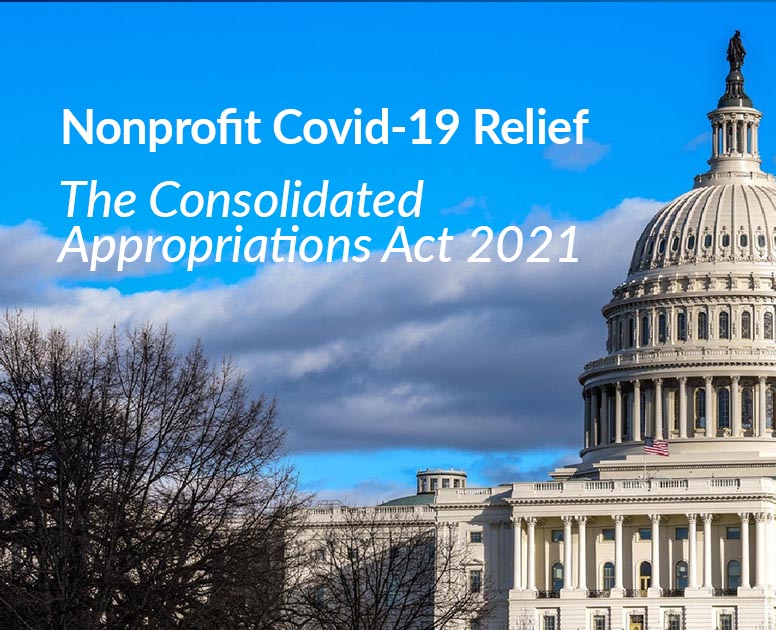
Nonprofit Covid Relief Bill – Consolidated Appropriations Act 2021
December 29, 2020SEO Tips To Index And Rank Faster
January 1, 2021How Nonprofits Can Expect the Unexpected When Budgeting
Managing money for a nonprofit often feels like laying train tracks ahead of a speeding locomotive. An organization’s course depends on how well its leaders manage money down the line. Here is how nonprofits can expect the unexpected when budgeting.
For example, Doctors Without Borders operated 10% ahead of its budget before the stock market came crashing down in December 2018. Thankfully, the organization was able to minimize its losses because it managed funds carefully throughout the year and focused on its sustainers.
Nonprofits must spend strategically so they can dedicate funding to projects, research, and innovation. Building this budget, however, requires planning for unexpected obstacles that affect their financial bottom line.
Unique Nonprofit Money Management Challenges
Drops in donations.
With our current circumstances, nonprofit leaders can’t allow their organizations to get caught off guard. Let’s say donations start drying up as people tighten their belts due to the ongoing pandemic. According to a recent Gallup poll, only 73% of U.S. adults donated to a charity in the past year — down from 83% in 2017. In that event, you need to build some extra cushion into your budget to ensure things continue moving.
Any number of elements contribute to drops in donations. For instance, a nonprofit might fail to comply with certain rules. Or a nonprofit’s tax-exempt status may create certain hurdles for donors. Perhaps donors support multiple causes and simply choose to contribute to other organizations. Some donors also scale back when a nonprofit changes leadership; the donor base needs to trust the new executives before they’re willing to give again.
Not spending enough.
Nonprofits can also struggle with money management when they don’t spend enough of their funding. For example, the 2009 Nonprofit Overhead Cost Study examined what happens when nonprofit executives spend too little on overhead. After conducting surveys of nonprofits with revenues exceeding $100,000, the study found that many organizations struggled with broken computers, unprepared staff, and dilapidated furniture.
When organizations misallocate resources, they face more significant hurdles than outdated office equipment. A nonprofit’s use of funds — or lack thereof — can reveal a lot about its priorities and the way it upholds its mission. If an organization does not spend much of its reserve, it must take greater care to manage the surplus in the budget and stay accountable for those funds.
Noncash gifts can also complicate a nonprofit’s accounting processes. For example, a donor may give property or equipment to an organization, which has tax implications for both the donor and the nonprofit. Nonprofits must fully understand the value of these gifts to manage their budgets effectively.
Build a Nonprofit Budget That’s Ready for Anything
Nonprofits often face financial planning hurdles. Still, there are a few tactics to employ to withstand quiet fundraising periods.
- Develop a solid reserve policy. Many nonprofit executives set aside a portion of their organization’s funds for special circumstances. For example, they must be prepared in case their building needs major renovations or if a large donor suddenly stops giving. Nonprofits should always prepare for unexpected challenges when managing money.
- Schedule regular outreach. Nonprofit budgets frequently change month to month, so executives must plan events accordingly and anticipate fundraising variations. After a highly successful fundraising effort, for example, allocate those contributions in a way that stretches your resources with your needs.
- Set concrete milestones for every project. This will give you a better understanding of the time it takes to reach these goals as well as the required funding. Try using this template, which breaks down program costs and aids in the budgeting process.
With a detailed strategy in place, nonprofit executives can successfully manage money for the long haul. Donors and gifts will fluctuate, but an intentional spending plan ensures that an organization stays on track toward its goals. For more information on budget planning, download the Ultimate Budget Guide.
The post How Nonprofits Can Expect the Unexpected When Budgeting appeared first on Nonprofit Hub.
